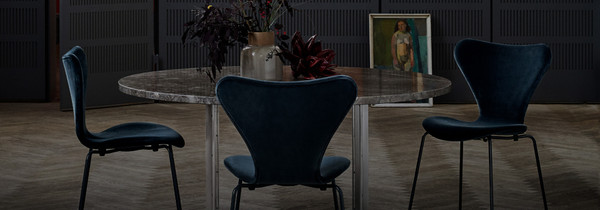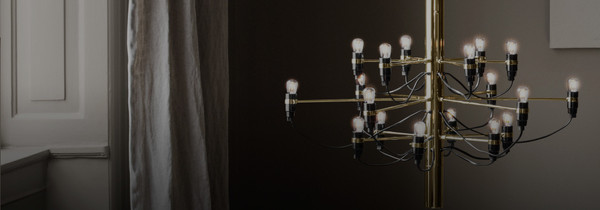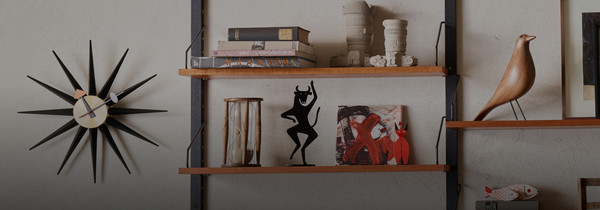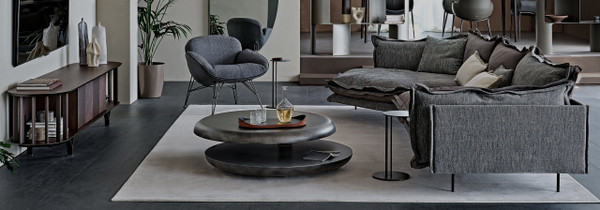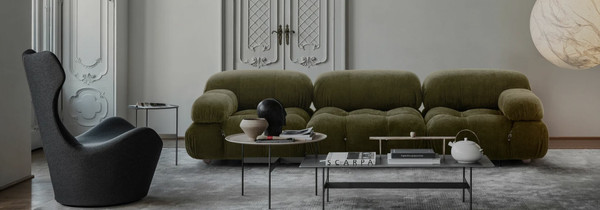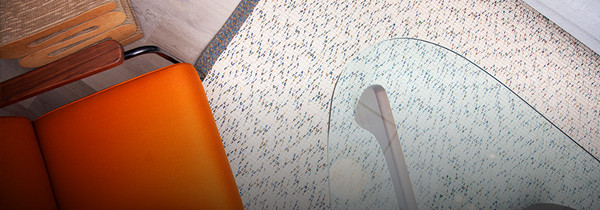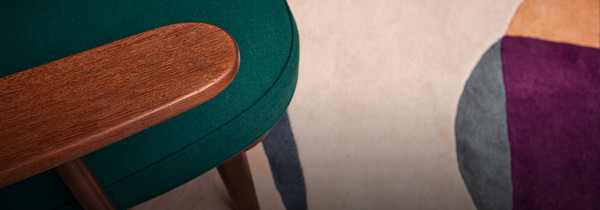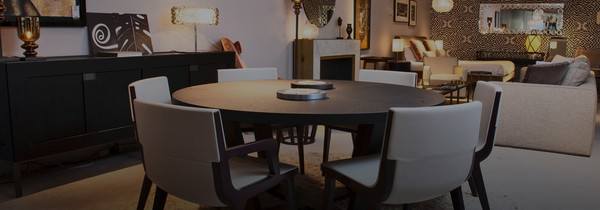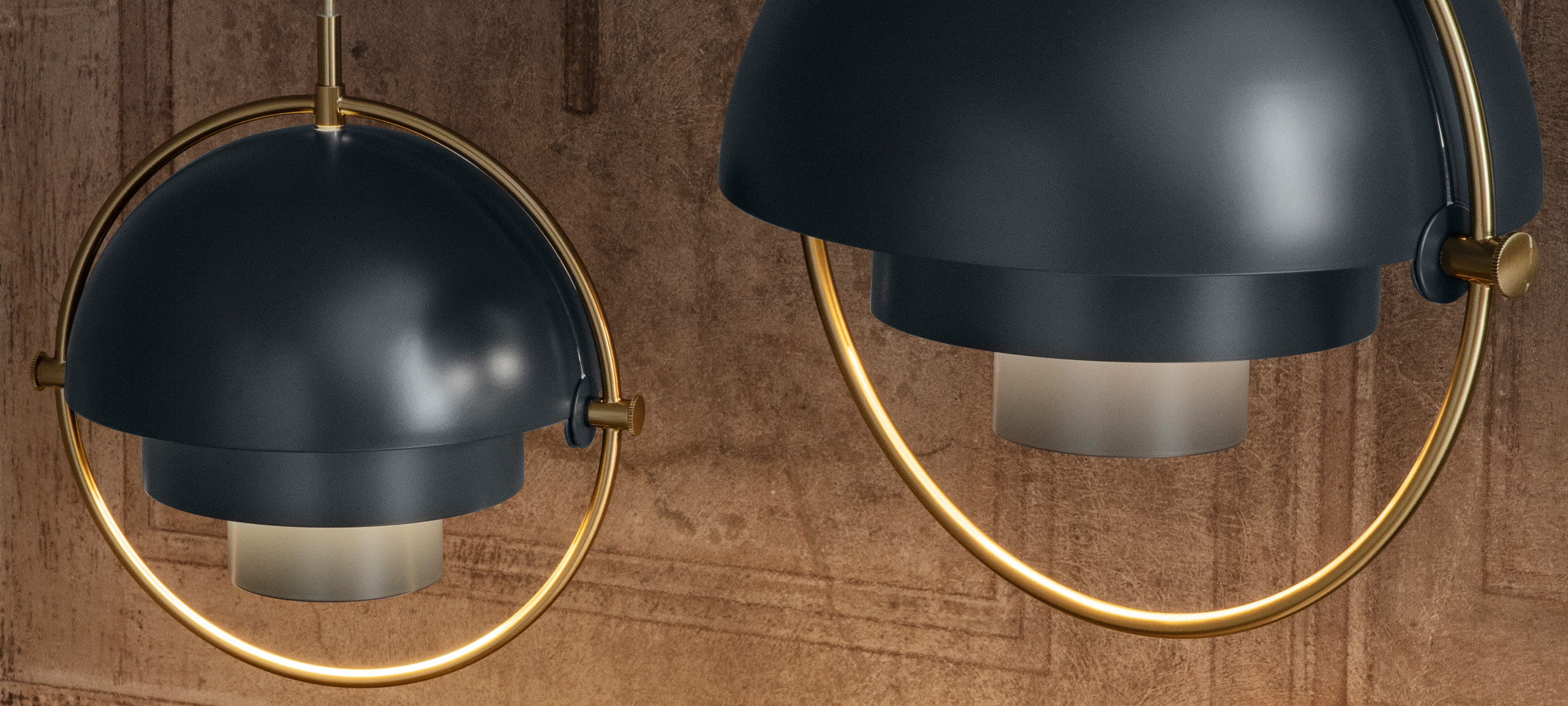
7 Pendant Lights that pass the test of the time
When darkness draws in, it’s lighting that transforms our spaces into homes: cosy sanctuaries we look forward to all day and bask in into the evening.
For decades, the centre-of-the-room pendant has been ‘the main light’, ‘the big light’ – and while floor, table and wall lighting has had its moment (and is vital to light-layering), focus is now back on what’s hanging from the ceiling.
The pendant light is unique as a design object. Suspended with only a slim wire, it’s not limited by the pull of gravity or the need to support itself, and is viewed from 360 degrees, presenting an unusual creative challenge and opportunity. Simultaneously projecting and directing as well as filtering light and protecting eyes from glare, pendants must combine the decorative and the sculptural with the practical, setting the room’s ambiance with its soft, bright, warm, cool, focused or dispersed glow as well as being aesthetically pleasing in its own right.
The perfect pendant. It's a task designers have been perfecting since light came from oil and wax. As lighting developed alongside technology, pendants have come to encompass both functionality and the understanding of light’s power to alter the environment, as well as be a visual focus point. Designers explored innovative ways to manipulate incandescence and electricity, experimenting with materials, textures, and finishes, evolving pendants not only as sources of luminosity but also as expressions of artistry.
From the ornate gas lamps of the 19th century to the 20th century’s streamlined mid-century forms, each era has left its distinctive mark on pendant light legacy with unforgettable, standout concepts. These iconic pendants have become timeless symbols of innovation, embodying the spirit of their respective epochs while continuing to inspire and captivate with their enduring beauty and functional brilliance.
Whether enduring classics that transcend eras or symbolic pieces of the periods in which they were conceived, our curated selection of iconic pendant lighting is a journey through the evolution of design and illumination. Each piece is a testament to the creative genius of its time, ensuring that it will never go out of style. Together they form a gallery of fixtures that not only brighten the home but also narrate the tapestry of design history.
Shedding light on history
1. Sputnik Pendant Light, Stilnovo - 1957
Designed in 1957, Stilnovo’s Sputnik Suspension Lamp is a striking embodiment of mid- century modernism that has endured as a bold and timeless icon. Inspired – unsurprisingly – by the space age and the launch of the first artificial satellite, the pendant is composed of celestial-style radiating arms, each tipped with a glowing bulb, capturing the era's fascination with all things cosmic. Now a cherished symbol of progressive 20th century design, it infuses spaces with a charming sense of the retro- futuristic.
2. PH 5 Pendant light by Louis Poulsen - 1958
Created by revered Danish architect and designer Poul Henningsen in 1958, the Louis Poulsen PH 5 Pendant Light revolutionised the way we perceive and use light. A lasting symbol of eternal elegance and lighting innovation, the PH5 combines functional brilliance with aesthetic beauty, its arrangement of layered, curved shades ensuring even illumination while minimising glare, its recognisable silhouette placing it in the design history book as shining example of Danish creative excellence.
3. Fun DM Pendant Light, Verpan - 1964
First produced in 1964 by avant-garde Danish design visionary Verner Panton, the Verpan DM Pendant Light transcends convention with its mesmeric creativity. Dripping with cascading mother of pearl discs, the pendant evokes a sense of otherworldly allure, which is heightened when the discs flutter in the breeze. The playful yet elegant design dances between the realms of sculpture and lighting, casting an entrancing, ethereal glow when illuminated, and announcing the piece an emblem of the mid-century modern design era's spirit of experimentation.
4. Kaiser Idell Pendant Light, Fritz Hansen - 1972
Conceived by pioneering German designer Christian Dell in 1931, Fritz Hansen’s Kaiser Idell pendant is a masterpiece of Modernist design that embodies the elegance of pure simplicity. A testament to the Bauhaus principle of form following function, its renowned domed shade casts focused and glare-free illumination with easy minimalism. Its status as an icon of design excellence endures, a testament to the influence of Bauhaus design principles.
5. Viscontea Pendant, Flos - 1960
Created in 1960 by the celebrated Italian design brothers Achille & Pier Giacomo Castiglioni, the Flos Viscontea Pendant Light attains its iconic status through a harmonious fusion of art and illumination. Inspired by the cocoon of the silkworm, it casts a soft and ethereal lighting effect that diffuses warm and gentle illumination, its organic aesthetic giving it the feel of a contemporary design despite its grand age.
6. Utzon JU1 Pendant, &Tradition - 1947
Developed in 1947 by ground-breaking Danish architect (and Sydney Opera House designer) Jørn Utzon, the &Tradition Utzon JU1 Pendant Light encapsulates the eternal essence of Danish design. Drawing inspiration from the elegant simplicity of nature, its distinctive, sculptural shape exudes a sense of beauty and tranquillity. Diffusing soft, ambient light while serving as a captivating focal point, it transcends eras and zietgeist with its graceful aesthetic an effortless blend of art and utility.
Multi-Lite Pendant, Gubi - 1972
Devised by innovative Danish designer Louis Weisdorf in 1972, Gubi’s Multi-Lite Pendant Light is all about customisation. Its two shades can be independently rotated to adjust the direction and spread of the light to create different effects and atmospheres within a room – upwards for a soft, ambient glow, down for a more focused beam, or artistically arranged simply to look good. Seamlessly blending form and function, the inimitable pendant is a symbol of mid-century modern design's timelessness and adaptability.










